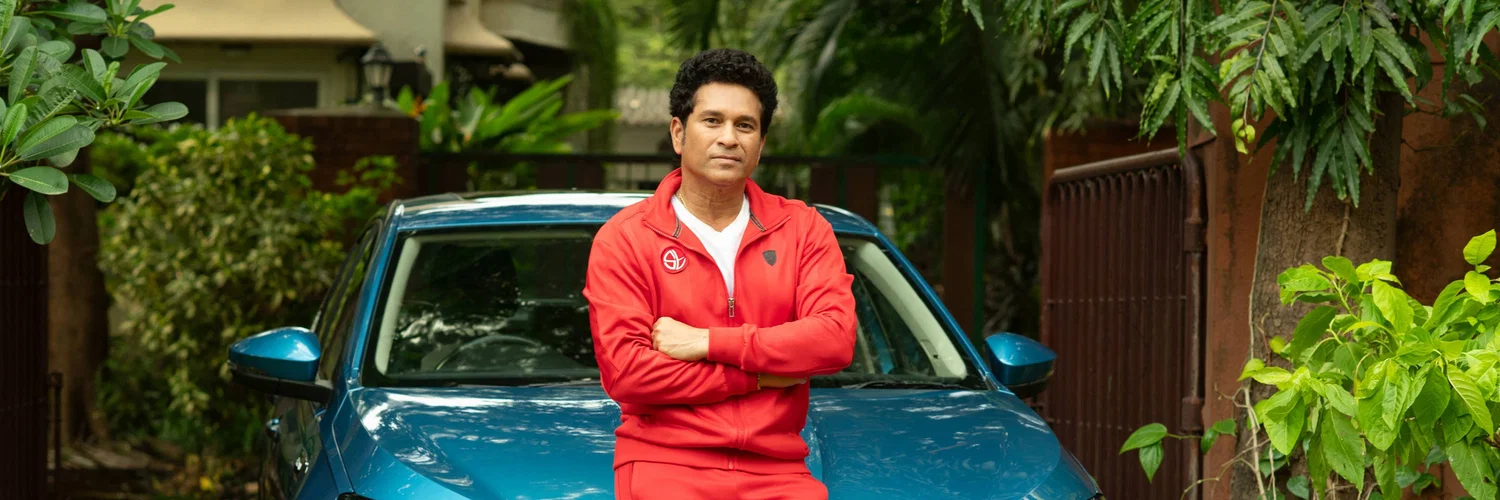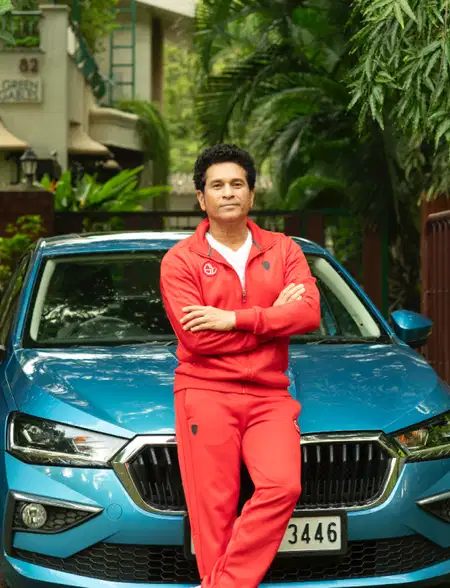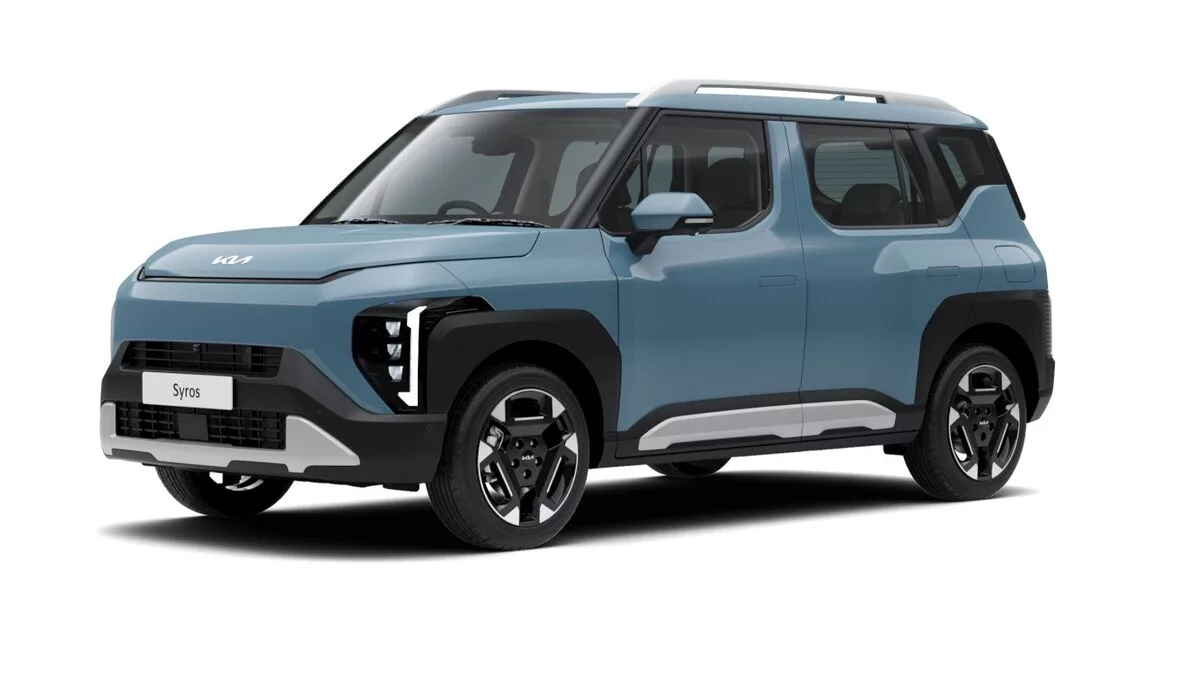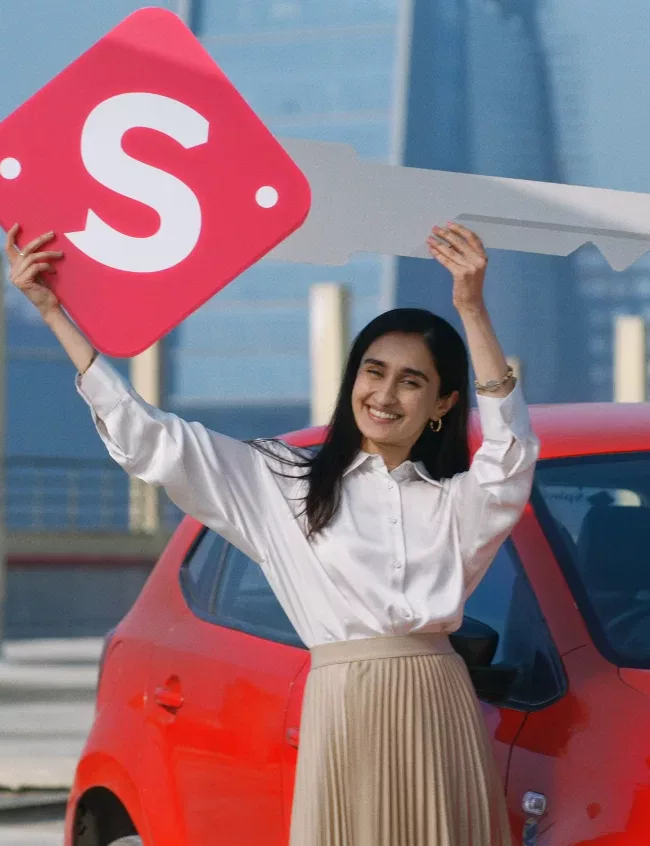What’s in a name? Quite a lot, if you ask Indian car manufacturers, Mahindra in particular. After all, the Bolero Neo is nothing but, well almost, a rebadged TUV300. Now the TUV was a great car and brilliantly performed the role that Mahindra had envisioned for it, i.e. an urban counterpart to the more rustic Bolero.
But the TUV never really took off despite packing in most of the Bolero’s strengths in a more modern body and features package. That is until it was resurrected in 2021 after a year’s absence with the Bolero Neo nameplate. Lo and behold, the SUV started flying off the shelves and today, the two Boleros clock in over 8,000 units per month.
If you’re in the market for a compact SUV that is an SUV not just in name, packs in modern features, and offers robust underpinnings, it’s hard to look past the Bolero Neo. But to make matters easier, here’s a Mahindra Bolero Neo buying guide talking about the car’s pros, cons, and best variant to buy.
Mahindra Bolero Neo Specifications
Mahindra Bolero Neo Engine and Transmission | |
Variant | 1.5-litre mHAWK100 |
Engine | 1.5-litre diesel |
Transmission | 5-speed manual |
Power | 100 PS |
Torque | 260 Nm |
Mileage | 17.29 kmpl |
Mahindra Bolero Neo Dimensions | |
Length | 3995 mm |
Width | 1795 mm |
Height | 1817 mm |
Wheelbase | 2680 mm |
Boot Space | 384 litres |
Mahindra Bolero Neo Safety Features | |
Airbags | 2 airbags |
ABS with EBD | Yes |
Rear Parking Sensors | Yes |
Parking Camera | No |
All-Wheel Disc Brakes | No |
Electronic Stability Program | No |
Tyre Pressure Monitoring System | No |
ISOFIX Mounts | Yes |
Hill Hold Assist | No |
Hill Descent Control | No |
Why you should consider the Mahindra Bolero Neo
Most, if not all, compact SUVs in India are a misnomer for what are essentially crossovers. They drive like cars, feel like cars, and perform like cars. This is also why the Bolero Neo is a breath of fresh air as it’s a more rightful claimant to the compact SUV title. Here are three reasons why that’s the case.
Ladder Frame Chassis
The Mahindra Bolero Neo, like the Bolero it’s based on, uses a ladder-frame chassis. Also known as body-on-frame, it features a separate body and frame where the engine and drivetrain are one unit while the body is another unit. This is unlike conventional compact SUVs in India that use a monocoque chassis where the frame and body are one unit.
While this makes the Bolero heavier (around 1.5 tonnes) than other compact SUVs (around 1.2 tonnes), the benefit is that the ladder frame construction is a lot more off-road and abuse friendly. This helps the Bolero Neo ride unsettled even across highly undulating and broken roads.
Driveability, Fuel Efficiency, and Ride Quality
The Bolero Neo uses the Bolero’s 1.5-litre 3-cylinder turbo diesel engine but in a slightly higher state of tune. This results in more power and torque as compared to the Bolero, at 100 PS and 260 Nm respectively. In fact, the Bolero Neo produces 20 Nm more torque than its predecessor using the same engine. Mahindra has achieved this with a variable geometry turbocharger whose adjustable vanes increase pressure at lower engine speeds while reducing lag.
In the real world, this endows the Bolero Neo with excellent driveability as most of its torque output is available between 1,750 – 2,250 RPM. This means puttering around the city becomes effortless, making the Bolero Neo easier to drive despite its heavier construction and SUV-like clutch action. The engine’s tractable nature also translates into good fuel efficiency as the Bolero Neo delivers an ARAI-certified 17.29 kmpl.
In terms of ride quality, the Bolero Neo’s combination of ladder-frame chassis, double-wishbone front suspension, and rigid axle multi-link rear suspension works wonders, especially over bad roads. Yes, there’s a slight bounciness at low speeds that’s usual for such SUVs but the ride smoothens out once you up the ante.
Value for Money
The Bolero Neo is priced similarly to the Bolero. When you consider that the Neo packs in a spate of additional features, a more premium cabin, and more power, this pricing offers stupendous value for money. Moreover, the Bolero Neo sits in a segment of its own. At this price point, there’s no other car that can match its combination of sheer SUV cred, features, decent space, and proven underpinnings.
Why you should not consider the Mahindra Bolero Neo
On the face of it, there seems to be little to fault with the Mahindra Bolero Neo. But look closer and the following two cons might end up becoming a deal-breaker for some buyers.
No Petrol Engine, Automatic Transmission Options
It’s true that the TUV300 didn’t offer a petrol powertrain either. However, that was during the pre-BS6 era and before diesel engines became such a hot-button topic because of vehicular air pollution. Coupled with the NCR ban on diesel cars over 10 years old, this caused many automakers to dump diesel engines in favour of petrol.
Given the Bolero Neo’s positioning as a more suave and urban version of the Bolero, a petrol engine option would’ve been desirable. The same could also be said for an automatic transmission as it would’ve made driving the Bolero Neo easier still.
3rd Row Jump Seats
On paper, the Bolero Neo is a 7-seater car. However, the jump seats in the 3rd row where occupants face each other aren’t comfortable over long drives as they’re cramped with no incline or height adjustability. When deployed, they also eat into the boot space. Given these constraints, it’s best to consider the Bolero Neo a 5-seater car that can occasionally seat smaller adults or children in the last row.
Mahindra Bolero Neo Variants
The Mahindra Bolero Neo is available in four variants with all of them using the same diesel powertrain.
Mahindra Bolero Neo Variants & Price | ||
Variant | Powertrain | Price (Ex-showroom, Delhi) |
N4 | 1.5-litre diesel & 5-speed manual | Rs 9.62 lakh |
N8 | 1.5-litre diesel & 5-speed manual | Rs 10.14 lakh |
N10 | 1.5-litre diesel & 5-speed manual | Rs 11.36 lakh |
N10(O) | 1.5-litre diesel & 5-speed manual | Rs 12.14 lakh |
Best Mahindra Bolero Neo Variant to Buy
The N10 is the best Mahindra Bolero Neo variant to buy. Compared to the N8 variant, the N10 offers a host of additional features such as DRLs, alloy wheels, a touchscreen infotainment system, a height-adjustable driver seat, armrests for driver and co-driver, 2nd-row armrest, cruise control, electrically adjustable ORVMs, premium fabric upholstery, and 2nd-row ISOFIX child seat mounts.
These extra features justify the N10’s premium over the N8 variant. But if you’re buying the Bolero Neo for more off-road use, we’d recommend going for the top-end N10(O) variant. It gets all the features of the N10 and ‘Multi Terrain Technology’, which is simply Mahindra speak for a mechanical locking differential (MLD). An MLD helps you manage the rear wheels’ traction when navigating highly uneven surfaces.
Mahindra Bolero Neo Warranty & Service Cost
The Mahindra Bolero Neo comes with a standard 3-year/100,000 km warranty. Mahindra also has an extended warranty program known as ‘Shield’, which lets you buy warranty covers for mechanical and electrical failures. The ‘Shield’ extended warranty can also be bought on EMIs.
As for Mahindra Bolero Neo service costs, you can expect to shell out between Rs 5,000 – 7,000 for every scheduled service at intervals of 10,000 km/1 year.
Mahindra Bolero Neo Buying Guide Summary
Until the Maruti Jimny’s launch, the Mahindra Bolero Neo had virtually no direct rivals. However, even though the Jimny has the requisite SUV pedigree, it’s way more expensive than the Bolero Neo while being smaller and not offering a diesel powertrain. To wit, the Bolero Neo continues to be the most SUV-ish among compact SUVs in India. With this buying guide, we hope you’ve got a clearer idea of which Mahindra Bolero Neo variant to buy.





